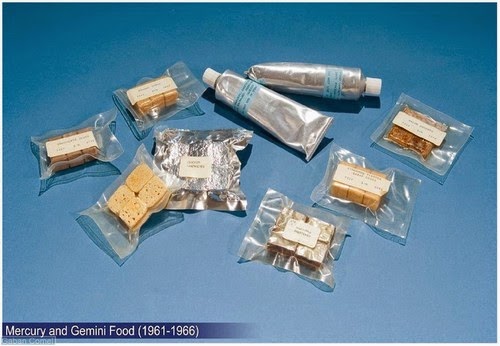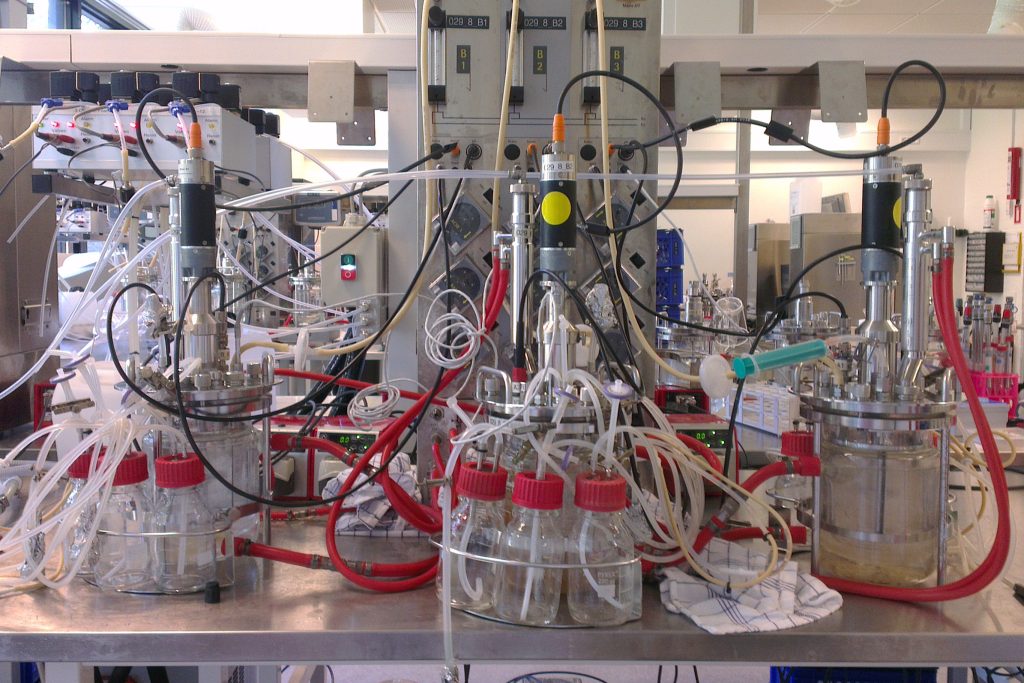The year is 1961. Humanity is at the brink of a new era. In just a few moments, Yuri Gagarin will be the first person to break free from the Earth’s atmosphere.
This sparks the beginning of a new scientific revolution. Nearly 70 years later, space research advances our understanding of diseases like cancer, globally contributing to new medicinal technologies.
Gagarin was not just the first person to venture into space. He also made history as the first person to eat there. You might be imagining some grand, celebratory meal to mark the occasion. In reality, it all began with two words: meat paste.
Admittedly, toothpaste meat is a far cry from a Michelin-star meal. But in space, nutrition is essential for survival.
Our guest blogger, Hana Mehager, Biochemistry undergraduate student in the Department of Life Sciences, takes us on a journey to an outer space kitchen!


In microgravity, astronauts lose bone density and muscle mass much faster than they do on Earth. To stay healthy, they need high-protein, nutrient-packed diets.
Aside from the early-space food being a crime against taste buds, we must consider the cost of feeding astronauts. Experts estimate it costs about £20,000 per day to keep one astronaut well fed. So, naturally, scientists started to wonder: can we grow food in space instead?
But first, why should we, as terrestrial folk, care in the first place?
Traditionally, protein in the shape of a steak, chicken or fish, is a staple of every family’s dinner table. But here’s a plot twist: all those juicy meals come at the cost of the Earth’s environment.
Animal products account for around 11% of global carbon emissions, and they guzzle up enormous amounts of water and land along the way. To make matters worse, global protein consumption is set to double by 2050.
Unless something changes, our carbon footprint will rise right alongside the seven seas.
The solution to this meaty problem is microscopic
Indeed, scientists think it is microorganisms that might save our plates and our planet.
Dr. Rodrigo Ledesma-Amaro and his team (in particular Dr Lucas Coppens), together with Dr Aqeel Shamsul, CEO of Frontier Space, pulled off something straight out of a sci-fi novel: they launched a tiny lab into space. Inside this miniature lab, there lie microorganisms – yeast – that have been designed to produce edible proteins in space.
Not only that, but they are able to make all essential elements of our diet, like carbohydrates, fats, and fibres. This research is being developed Earth-side at the Bezos Centre for Sustainable Protein and the Microbial Food Hub at Imperial College London.

Growing food directly from cells could cut the enormous costs of shipping meals to space, offer a molecular science-based alternative to traditional animal protein, and reduce our dependence on Earth’s shrinking resources.
Animal products might not completely vanish from our plates overnight, or at all! Complete erasure of animal products might not be feasible for those with dietary restrictions or lack of access to alternative meat sources.
The space lab will eventually come back to Earth providing data on microgravity, storage and transport. Scientists will analyse this data and continue working to make progress on sustainable food production both in Earth and beyond.
Policies and regulations will also have to be developed globally to reassure consumers of their safety. Changes to legislation could take years but progress is already happening with a better collaboration between research and policy.
Importantly, gradually replacing some animal proteins could slow the damage to our planet and make future space missions (and dinner tables) more sustainable.